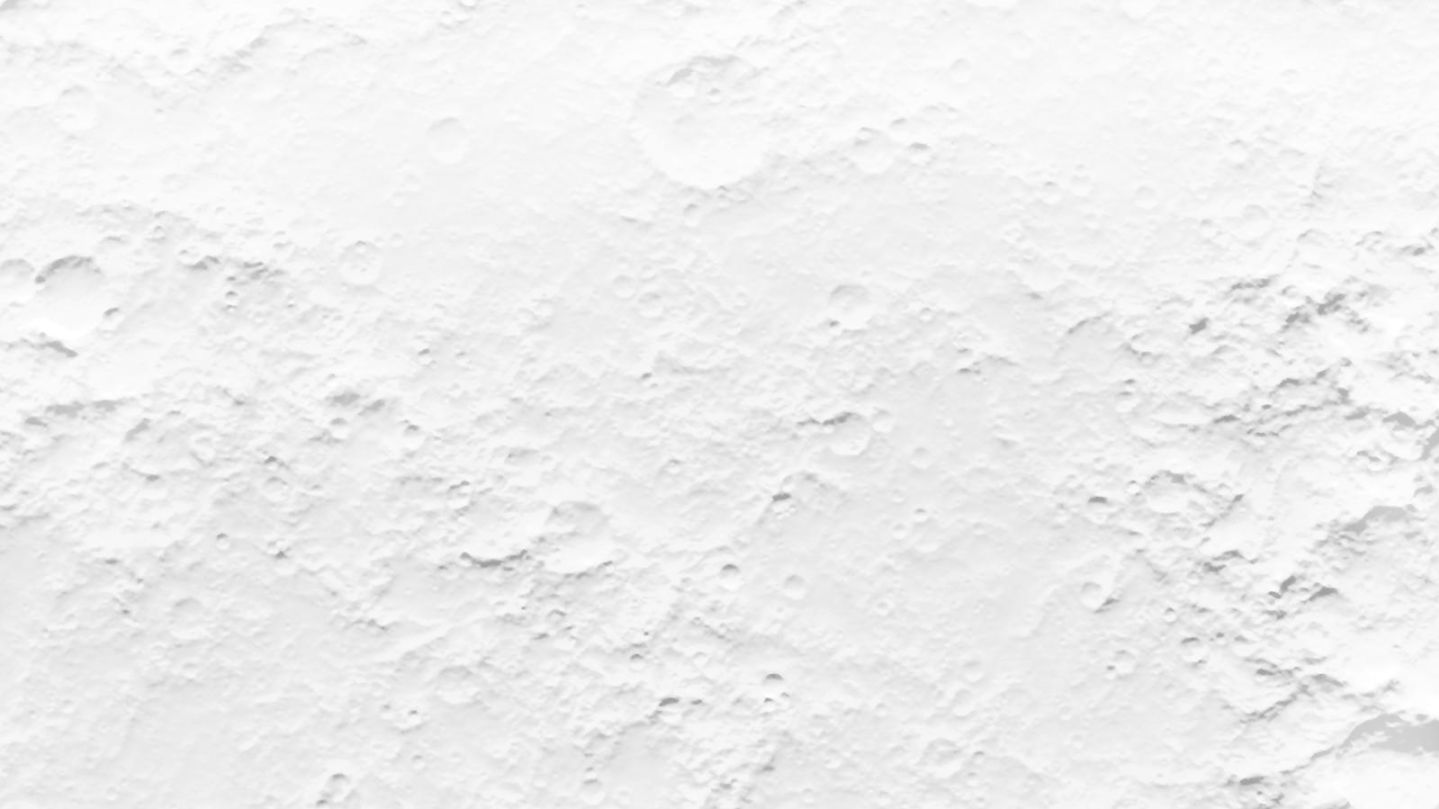
This food tray was used in the now-defunct Skylab, the first US space station launched by NASA in 1973. Shown in the tray are (counterclockwise from back): orange drink, strawberries, asparagus, prime rib, dinner roll and butterscotch pudding.

Sneaky sandwich —
Gemini 3 took astronauts John Young and Gus Grissom -- and a contraband corned beef sandwich on rye -- into space in 1965. Young bought the deli sandwich in Cocoa Beach, Florida, and hid it in his spacesuit so at mealtime he could surprise his commander with it. However, when crumbs started floating around the cabin, the sandwich was put away, never to be spoken of again. That is, until the incident had to be investigated at a House of Representatives Appropriations Committee back on Earth. Shown is Young (left) and Grissom (right) in the spacecraft simulator.

During the Mercury program, astronauts' food often came in bite-size cubes or squeeze tubes. On the Gemini missions, tubes were out and improved packaging meant better food quality and options.

Apollo astronauts were the first to have hot water, which made rehydrating foods easier and improved the food's taste. These astronauts were also the first to use the "spoon bowl," a plastic container that could be opened and its contents eaten with a spoon.

Skylab was relatively large and had ample storage, so astronuats enjoyed an extensive menu: 72 different food items. The space station also had a freezer and refrigerator, a convenience no other spacecraft had offered.

Space Shuttle astronaut diets were designed to supply each crew member with all the recommended dietary allowances of vitamins and minerals necessary to perform in the environment of space. Food shown here includes packaged orange-mango beverage and rehydratable shrimp cocktail.

NASA Astronauts Thomas P. Stafford (left) and Donald K. "Deke" Slayton (right) hold containers of Soviet space food in the Soyuz Orbital Module during a nine-day joint US-USSR space mission in July 1975. The containers -- over which vodka labels have been pasted -- hold borscht (beet soup). This was the crews' way of toasting each other.

STS-9 was the space shuttle Columbia's sixth spaceflight, but it was the first opportunity for an onboard galley, located in the middeck. The metal tray made for easy prep and serving of in-space meals. This crew member is seated at the pilot's station on the flight deck in late 1983.

Cola war —
In the mid '80s, Coca-Cola and Pepsi went head to head to be the first cola in space. Each company developed its own can that could dispense soda in microgravity -- no small feat considering bubbles don't rise in space. In 1985, Space Shuttle Challenger took with it both products. The crew was unimpressed by drinking the room temperature colas.

Shown are rehydratables from the '80s Space Shuttle missions and the first appearance of M&Ms on the space food menu. Referred to simply as "candy-coated chocolates" by NASA, they are now a regular space snack. Note the magnets securing the cutlery to the tray.

These days, food on the International Space Station includes condiments such as mayonnaise, mustard, chili sauce and wasabi -- all popular with astronauts trying to make up for the flavor deficit caused by zero gravity. The fare has come a long way since the early days of space travel.

A food lab scientist packages food for spaceflight.

European Space Agency astronaut Luca Parmitano, Expedition 36 flight engineer, is pictured near food packages floating freely in the Unity module of the International Space Station, June 24, 2013.

A sampling of processed space food is shown in orbit.

European Space Agency astronaut Samantha Cristoforetti prepares her lunch using the space food rehydrator aboard the International Space Station.

NASA astronaut Kjell Lindgren (center) and Japan Aerospace Exploration Agency astronaut Kimiya Yui (right), both Expedition 44/45 flight engineers, participate in a food tasting at NASA's Johnson Space Center in Houston, July 10, 2014.

Astronaut Samantha Cristoforetti drank the first authentic espresso in microgravity aboard the International Space Station in 2015. The Italian Space Agency developed an espresso machine called the ISSpresso, along with a microgravity coffee cup, in collaboration with Argotec and Lavazza. It served espressos for 32 months.

Astronaut Peggy Whitson and her cheeseburger wrapped in a tortilla are shown on the International Space Station. Since the mid '80s, flour tortillas have been a staple bread item in space that provides an almost crumble-free solution.

NASA astronaut and Expedition 61 Flight Engineer Andrew Morgan poses with two food packets, chicken with cornbread and chocolate pudding, during dinnertime aboard the International Space Station's Unity module, January 1, 2019.

Experiments growing plants and vegetables in space use the "Veggie" system, a growth chamber that provides lighting and nutrients.

European Space Agency astronaut Samantha Cristoforetti is seen taking a drink in the Unity module aboard the International Space Station, April 27, 2015. The crew's food galley is located in Unity; several food packets are visible to the right.

NASA astronaut and Expedition 63 Commander Chris Cassidy unpacks fresh fruit and other food items shipped aboard the Northrop Grumman Cygnus space freighter to the International Space Station, October 5, 2020.

